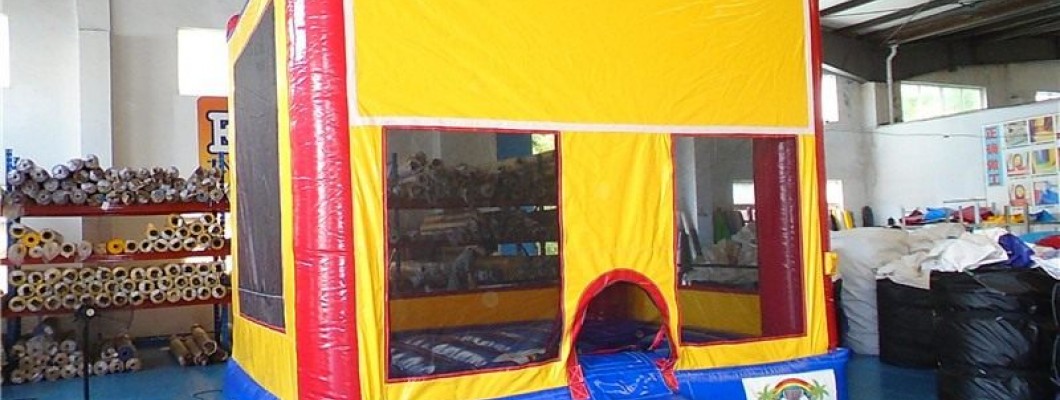
Bounce houses are often associated with outdoor events like birthday parties and carnivals, but what if the weather doesn't cooperate? Can bounce houses be used indoors? The short answer is yes, but there are several important factors to consider before setting one up inside.
Space Requirements
Just like with outdoor setups, space is the primary consideration when using a bounce house indoors. Bounce houses come in various sizes, but a standard unit typically requires a minimum area of 15 feet by 15 feet (4.5 meters by 4.5 meters) with a ceiling height of at least 10 feet (3 meters). Larger commercial models may require even more space.
When setting up indoors, ensure the room is large enough to accommodate the bounce house, leaving space around the sides for safe entry and exit. Additionally, make sure the ceiling is high enough to avoid any contact with lights, fans, or other overhead fixtures.
Flooring Considerations
The type of flooring where the bounce house will be set up is another critical factor:
- Carpet: Carpeted floors are ideal for indoor bounce houses as they provide extra cushioning and help reduce noise.
- Hardwood or Tile: If setting up on hardwood or tile, it's essential to place a soft mat or padding under the bounce house to prevent damage to both the floor and the inflatable.
- Concrete: Bounce houses can be set up on concrete floors, but adequate padding is necessary to ensure safety.
Ventilation and Power
Indoor setups also require attention to ventilation and power needs:
- Ventilation: Make sure the indoor area is well-ventilated, especially if there will be many children using the bounce house. Proper airflow helps maintain a comfortable temperature and prevents the buildup of humidity.
- Power: The bounce house blower requires a continuous power supply, so ensure there's a nearby electrical outlet. You may need an extension cord, but be sure to use one that can handle the power load safely.
Safety Precautions
Safety is always a priority when using a bounce house, whether indoors or outdoors. Indoors, you should:
- Supervise: Always have an adult present to supervise the children while they play in the bounce house.
- Limit Capacity: Follow the manufacturer's guidelines for the number of children allowed inside at once, and enforce these limits strictly.
- Check for Hazards: Ensure the area around the bounce house is free of obstacles, sharp objects, or anything that could pose a risk if a child were to fall or exit the bounce house quickly.
Conclusion
Yes, bounce houses can be used indoors, provided you have enough space, proper flooring, and adequate ventilation. While it may require some extra planning, setting up a bounce house indoors can be a fantastic way to keep the fun going regardless of the weather. Just make sure to follow all safety guidelines and consider the specific needs of an indoor setup to ensure a safe and enjoyable experience for everyone.

Leave a Comment